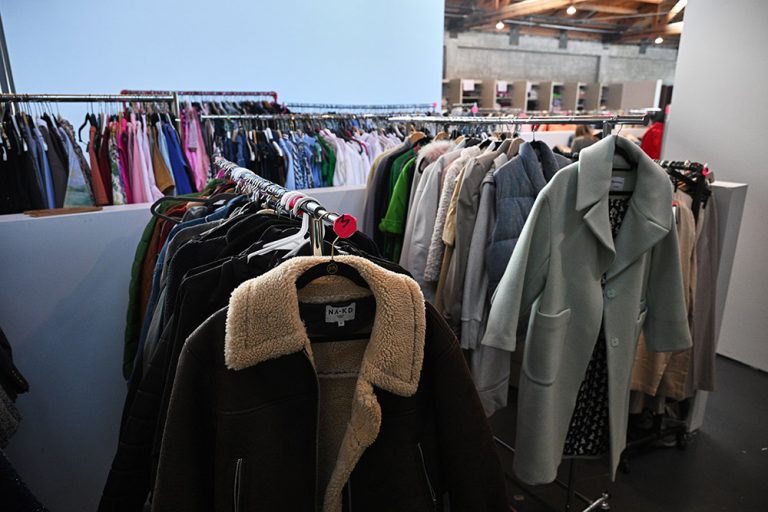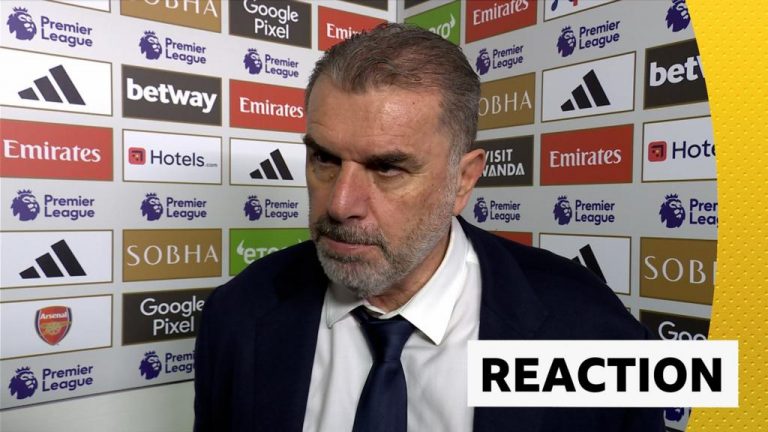
U.S. prosecutors have asked a federal judge to green-light the return of nearly 80% of the 119,754 bitcoins stolen in the 2016 hack of crypto exchange Bitfinex.
In a Tuesday court filing, prosecutors said the 94,643 bitcoins recovered by the government from the original wallet used by the hacker, Ilya Lichtenstein, can be paid to Bitfinex as restitution in-kind once the court gives the go-ahead. The Bitcoin Cash, Bitcoin Satoshi Vision and Bitcoin Gold generated via several hard forks following the hack will also be sent to Bitfinex.
Last November, Lichtenstein was sentenced to 5 years in prison after pleading guilty to conspiracy to commit money laundering in 2023. His wife, Heather Morgan – better known by her rap moniker Razzlekhan – received an 18-month sentence for helping Lichtenstein to launder a portion of the hack proceeds. Both agreed to forfeit the stolen cryptocurrency as part of their plea agreements.
Returning the remaining 25,000 bitcoins will be more complicated.
In their filing, prosecutors said that, because Lichtenstein and Morgan attempted to launder those coins via a “variety of complex and technologically sophisticated means, including laundering through extensive peel chain transactions, non-compliant virtual currency exchanges, darknet markets, and mixers and tumblers, as well as commingling in the defendants’ business and personal accounts” they cannot be characterized as the “specific property” lost in the hack and must therefore be returned via an ancillary forfeiture proceeding.


























+ There are no comments
Add yours